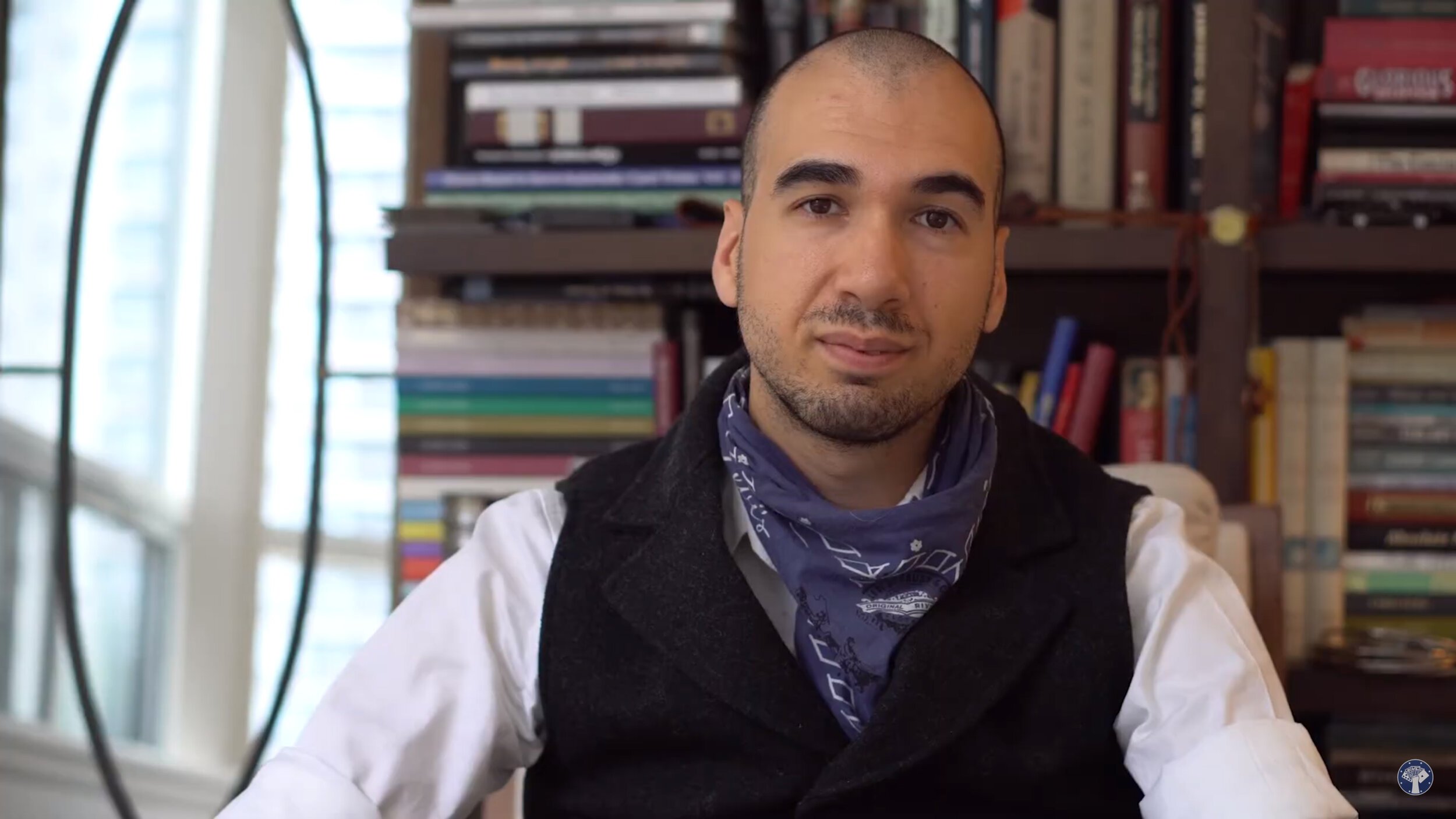How Camera Movement Improved my Virtual Magic Shows
When the COVID-19 pandemic made it impossible to have live events I saw many of my colleagues instantly switch to virtual events. The ones who had technical expertise had virtual events with multiple camera angles that they could switch at ease and methods of showing multiple cameras onscreen all at once. The people who had no technical expertise had a single camera on a tripod or on their desk and just performed to that camera.
Personally I didn’t want to jump into anything without considering the medium and technology deeply so I sat back and did research. I watched online, live virtual magic shows as well as virtual keynotes and virtual conferences. I learned all the good and I learned all the bad.
Youtube and filmmaking taught me that editors often will zoom in, zoom out, and cut in and out of close-up shots if they are working from a single shot from a single camera. The reason they do this is to make you feel like there is more happening. As viewers we get the sensation that more is happening when we have to work to watch what’s going on and the easiest way to do that is to constantly move the camera to different points of attention.
For example, let’s use an interview between two people. They are just sitting at a table and talking. Imagine this being filmed by a single camera that contains both subjects in the frame. The camera is on a tripod and stable. There is no movement of the frame. As a viewer you choose what to look at the camera isn’t moving to focus on who is speaking at any given moment. The experience is somewhat detached and cold and not engaging. Now imagine the exact same interview but you have multiple cameras that are handheld. One of the shots is a wide shot capturing both subjects but panning in to whoever is talking at the moment. Two other cameras are handheld and focused in tightly on the two subjects are they talk. When it’s all cut together at the end the camera is constantly guiding you through the experience and either showing both people as they engage and react to one another and then switch to a tighter shot when someone is talking to the other person.
The same techniques are used to tape and present live events on Netflix and television. Oftentimes you see these techniques in comedy specials. If you were to have a single camera on a tripod that doesn’t move at all and it films a comedian’s entire act it wouldn’t capture the spirit of the show and the energy. It would feel somewhat dead. Now look at how comedy specials are actually filmed. There are multiple cameras and camera angles. Some are on the audience, some are on the comedian, some film both the comedian and the audience, some shots are wide and some shots are tight. When the editor sits down and cuts the show together they try to recreate the energy in the room. They do this by having moments of intense focus and release. A great editor guides you to feel what you are supposed to feel in that moment by framing and cutting shots together in the right way.
The very same concepts and principles apply to presenting magic and speaking virtually through interactive video platforms like Zoom and Google Meet. The easiest, best, and most effective way that I have found in these live and interactive events is to give the camera a brain. By that I mean, put a human behind the camera. I have an assistant who holds the camera during my virtual magic shows. They know the show and how I perform and they can literally move wherever they need to be. I don’t need to have multiple cameras because my camera can literally move in and out, up and down, to the left and to the right. They can move behind me to be over my shoulder or hovering above the table for an overhead shot. All of this is done with a silent partner who knows what I want and when I want it.
Just this one concept has streamlined my work when hosting my live and interactive virtual magic shows while increasing my production values higher than people who have $10,000 studios. If you are interested in learning more about my virtual magic show, Magic In Your Hands and read more articles please click the button below.
